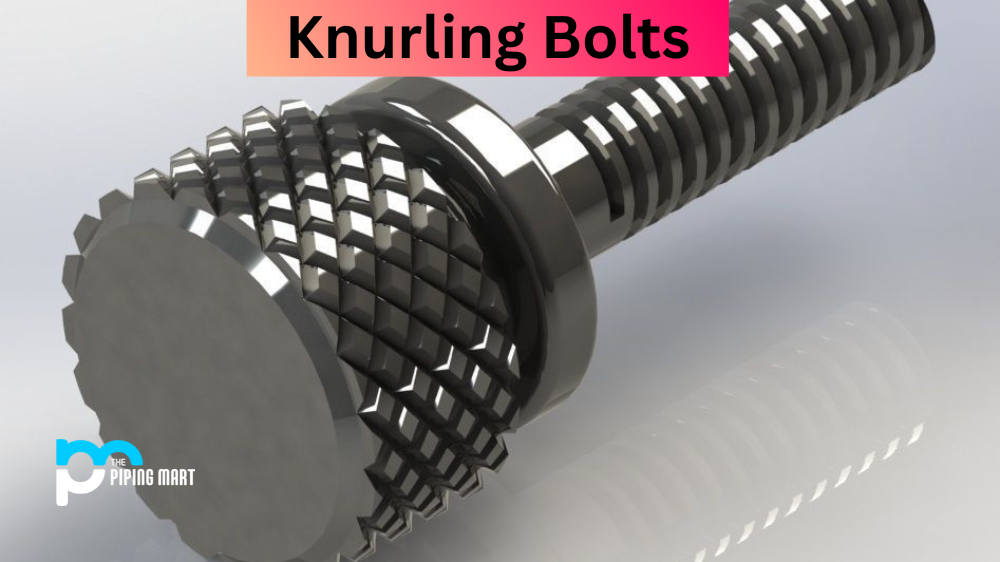If you’re new to the world of pipelines and fittings, you might wonder what the difference is between two commonly used fittings – flangeolet and weldolet. While both fittings are used in pipelines to connect branch lines to a mainline, several key differences set them apart. In this article, we’ll explain the differences between flangeolet and weldolet and when to use each.
What is Flangeolet?
A Flangeolet is a type of pipe fitting used to connect two sections of a piping system. It consists of a flange, an olet (a branch connection), and bolts or welding for fastening. This fitting provides strength, stability, and pressure-bearing capacity in applications where ordinary pipe fittings are insufficient. Flageolets are commonly used in the energy industry due to their ability to handle high temperatures and pressures associated with oil, gas, or steam plants. They are also popularly used in fire protection systems, chemical processing plants, sewage treatment plants, refineries and petrochemical facilities.
What is Weldolet?
Weldolet is a welding outlet fitting designed to smooth the transition between pipes or other objects. It reinforces and distributes stress in piping systems with high-pressure flow applications. The Weldolet is similar to the Sockolets but has an increased reinforcement at the base. It also has branch connections ranging from 3/8″ up to 48″, depending on size and shape. Additionally, it can have pressure ratings of up to 3000 pounds per square inch (psi). This makes it ideal for industrial and residential applications where durability and strength are crucial.
Difference Between Flangeolet and Weldolet
Mounting Type
The major difference between flangeolet and weldolet lies in their mounting type. A flangeolet is mounted using a flange, while a weldolet uses a butt-weld connection. A flangeolet is suitable for high-pressure applications because of the secure attachment provided by the flange, whereas a weldolet is used in low-pressure applications with non-critical fluids.
Pressure Ratings
Another key difference lies in the pressure ratings that each can handle. Flangeolets offer a high-pressure rating that makes them useful in high-pressure pipelines. Weldolets cannot offer the same pressure resistance level but are stronger in low-pressure applications, like HVAC and cooling systems found in residential applications.
Size of Connection
The difference in the size of connections is another factor to consider when choosing between flangeolets and weldolets. Flangeolets typically come in larger shapes like flanges and are used for larger pipelines, while weldolets have a smaller connection size ideal for smaller pipelines.
Cost-effectiveness
Cost-effectiveness is also a consideration when choosing between weldolets and flangeolets. Weldolets are significantly less expensive than Flangeolets. However, flangeolets offer better pressure for high-pressure pipelines.
Installation Procedure
The installation procedure for flangeolet and weldolet is also different. Flangeolet fittings require more time to install because of the need for a gasket, bolt-up procedure, and torqueing sequence. Weldolet fittings require less time to install because they need basic welding.
Conclusion:
In conclusion, choosing between flangeolet and weldolet depends on the requirements of your specific application. Both fittings have their benefits. Flangeolets are ideal for high-pressure applications, whereas weldolets are better suited to low-pressure applications with non-critical fluids. The differences in installation, cost-effectiveness, pressure ratings, and size of connections are also important to consider when selecting the right type of fitting for your job. We hope this article clarifies the difference between flangeolet and weldolet and that you are better informed for your next pipeline installation project!
Meet Heer, a dynamic and driven writer learning tricks of her trade in the metal industry. With a background in Digital Marketing, Heer brings a unique perspective to her writing, sharing valuable insights. Apart from blogging she like reading and hiking.




